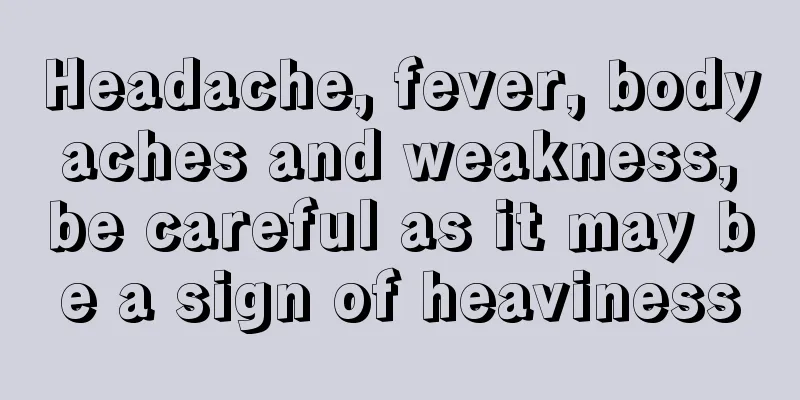How to treat viral herpes

|
Viral herpes is a skin disease caused by viral herpes virus infection. It is highly contagious and difficult to cure. Therefore, the treatment of viral herpes has always been the most concerned topic among patients. Let’s take a look at how to treat viral herpes! HerpesvirusesA group of enveloped DNA viruses. There are more than 70 known species. According to their physical and chemical properties, they are divided into three subfamilies: α, β, and γ. Alpha herpes viruses (such as herpes simplex virus and varicella-zoster virus) proliferate rapidly and cause cytopathic effects. Beta herpes viruses (such as cytomegalovirus) have a long growth cycle and infect cells to form giant cells. Gamma herpesviruses (such as Epstein-Barr virus) infect lymphoid cells and can cause lymphoproliferation. Herpesviruses have a wide host range and can infect humans and other vertebrates. There are still many unresolved issues regarding the treatment of viral herpes, and treatment cannot completely eliminate the virus and prevent recurrence of the disease. Currently, treatment is divided into general treatment, antiviral treatment and traditional Chinese medicine treatment, all of which are necessary. General treatment is actually symptomatic treatment, while antiviral treatment is causal treatment. Traditional Chinese medicine treatment mostly relies on syndrome differentiation and treatment, treating both the symptoms and the root causes, to effectively prevent recurrence. (1) Oral administration, 0.2 g/time, once every 4 hours or 1 g/day, given in divided doses. The course of treatment depends on the condition and can range from a few days to half a year. Patients with renal insufficiency should reduce the dosage as appropriate. ⑵ Intravenous drip, 5 mg/time, added to 5%-10% glucose injection, drip time 1 hour, once every 8 hours, for 7 consecutive days. Children under 12 years old should be given 0.25g/m2 at a time. For patients with renal insufficiency, the dosage should be reduced; for patients with creatinine clearance of 10-25 ml/m2 per minute, the dosage should be reduced to once every 24 hours; for patients with clearance of 0-10 ml/m2 per minute, the dosage should be reduced to 2.5 mg/kg, once every 24 hours. Adverse reactions and precautions: Drug rash, nausea, sweating, hypotension, hematuria and increased creatinine levels may occasionally occur during intravenous administration, but they return to normal after drug discontinuation. There are no obvious adverse reactions when taken orally, and the use of probenecid can slow down the excretion of the drug, prolong its half-life, and cause drug accumulation in the body. |
<<: What to do if your knees are cold and painful, how to improve it
>>: What to do if your knee hurts when going up and down stairs? Pay attention to these things
Recommend
What are the precautions for acupuncture
Acupuncture is an important method of treating di...
Can I eat maltose during breastfeeding?
I think everyone should be familiar with maltose,...
What to do if the shoe hits the toes
For the top of the shoe, you can use a hot hair d...
What is the chance of curing bone cancer?
Malignant bone tumors, also known as bone cancer,...
What is the best time for scraping at night
Gua Sha is a health-preserving method, and it als...
What is periodic sleepiness and how to prevent it
I believe everyone has heard the fairy tale of Sl...
How to diagnose early lung cancer? The correct diagnosis method for early lung cancer
Lung cancer is a relatively common cancer and is ...
What to do if wisdom teeth bite the inner wall of the mouth
Wisdom teeth are a common disease in life. When t...
What is the difference between microwave sterilization and light wave sterilization
Sterilization is very common in our lives. The pr...
Prevention and treatment of cerebral infarction
Cerebral infarction is a relatively serious brain...
What are the side effects of interventional treatment for liver cancer? Beware of 5 side effects of interventional treatment for liver cancer
Liver cancer is a common malignant tumor disease....
How to treat nasal congestion?
Nasal congestion is a condition that everyone has...
Introduction: Is lung cancer metastasis to the liver contagious?
Lung cancer is a highly malignant disease. Among ...
Putting ginger in the navel has an effect
Ginger is a widely used ingredient in people'...
Are there any early symptoms of prostate cancer? What are the precursors of prostate cancer?
Nowadays, many cancers threaten people's heal...









